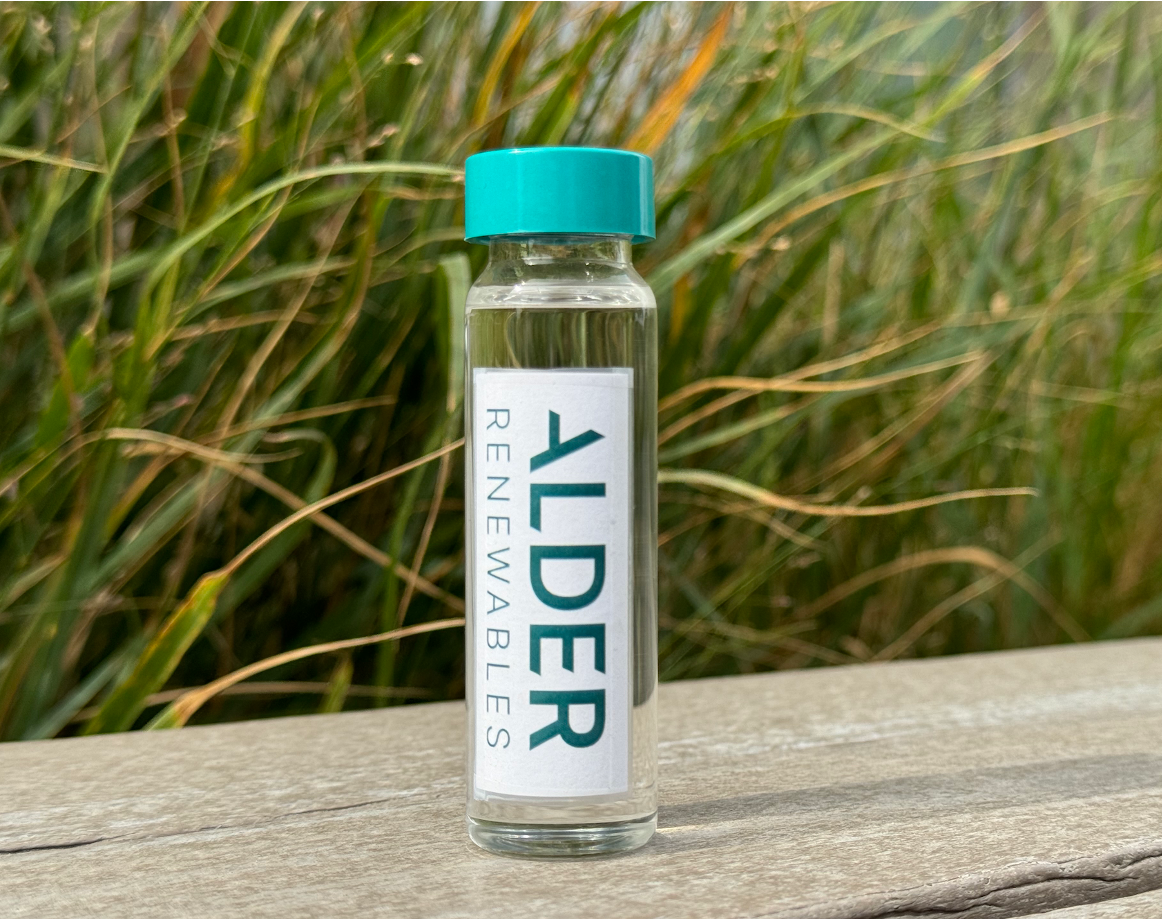
Biomass Matters: Why Feedstock Choice Defines Sustainability
At Alder Renewables, our technology is built on a simple foundation: biomass. The sustainability and carbon intensity (CI) of our fuels depend on the quality of the feedstocks we use. While residues like sawdust or crop waste already deliver major greenhouse gas savings, purpose-grown energy crops offer the potential to go even further—improving soil health, storing atmospheric carbon below ground, and unlocking the possibility of carbon-negative fuels.
Miscanthus: A Perennial Crop for Carbon Storage
Miscanthus is a perennial grass that stores roughly half of its captured carbon below ground in extensive root systems, while requiring little irrigation, tilling, or fertilizer once established. Every ton harvested is matched by nearly a ton stored underground. This regenerative cycle enriches soils, reduces nutrient runoff, and builds long-term carbon reserves, aligning agriculture with decarbonization.
Field-to-Fuel Demonstration
Through a U.S. DOE Bioenergy Technologies Office award, Alder and its partners demonstrated a full miscanthus-to-fuel pathway:
Key Results
Looking Ahead
Miscanthus-derived Alder SAF100 shows how purpose-grown energy crops can help aviation achieve not just low-carbon, but potentially carbon-negative fuel pathways. By integrating regenerative agriculture with advanced biocrude upgrading, we can decarbonize aviation while improving soils and reshaping land use for the better.